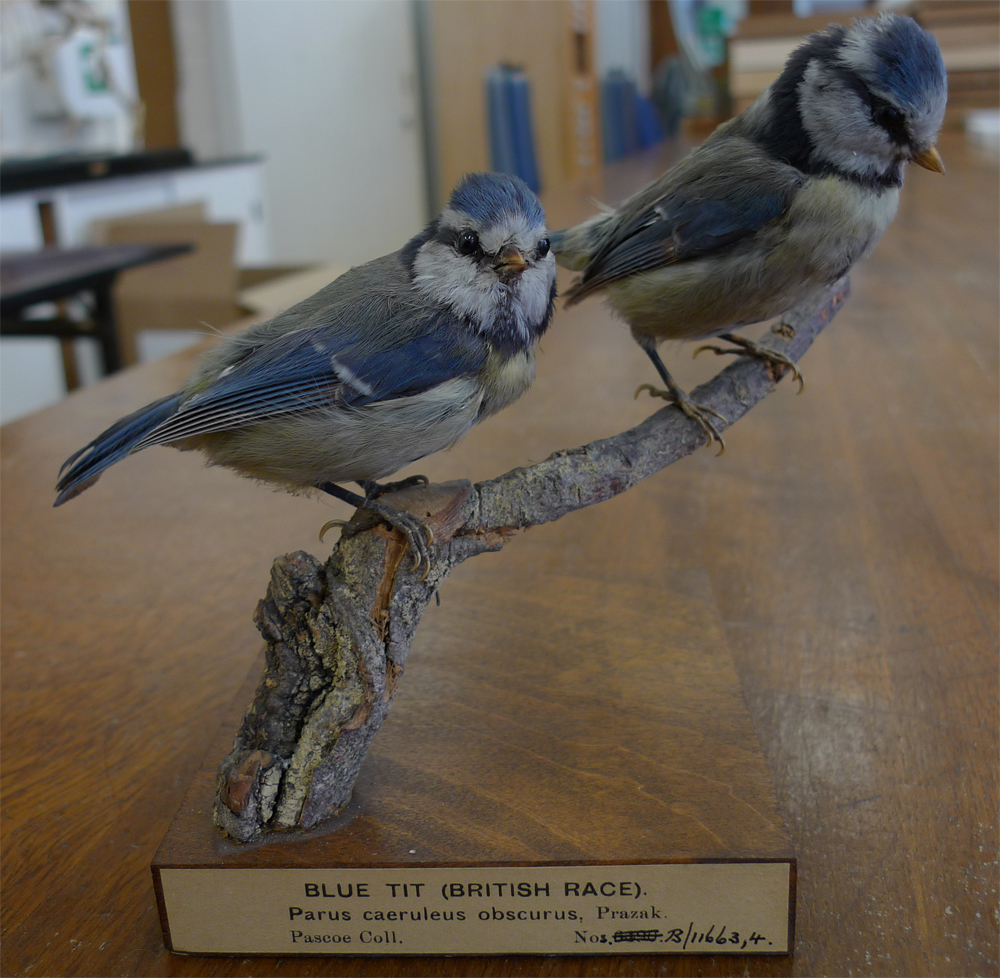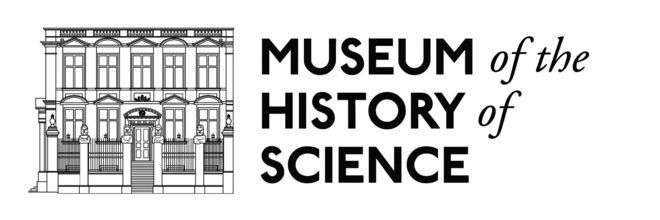Wytham Woods: studies in the field
Wytham Woods, an area of ancient semi-natural woodland just outside Oxford, has been a site of pioneering ecology and population studies since the 1940s.
 Blue Tits (Parus caeruleus)
Blue Tits (Parus caeruleus)There are now over 1,000 nest boxes spread across the whole 385-hectare site. Every parent and fledgling bird using the boxes is given a numbered leg ring and a tiny radio tag known as a PIT (Passive Integrated Transponder). A receiving unit detects these PITs as each bird visits a nest. Using these tracking techniques the researchers study the behaviour of individual birds and their relationships to others in the population.
The detailed information about the lives of thousands of individual birds remains invaluable. Recent research at Wytham includes studies of how climate change may affect breeding behaviour, the number of eggs laid, and consequently the populations of these birds. These and other Wytham studies have made a leading contribution to our understanding of how natural animal populations behave and change.


